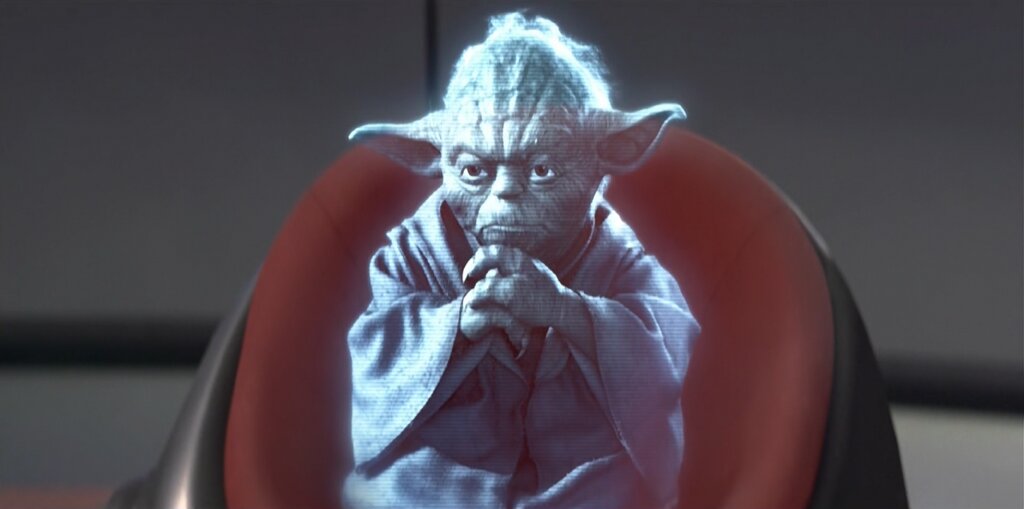When we think of developing technologies based on Star Wars movies, the first, second and third thing that goes through the minds of fans is the creation of real-life lightsabers. But for scientists, there is a much more interesting technology that is used all the time in the movies: communication by multisensory holograms, like that famous Princess Leia sending a call for help to Ben Kenobi and that starts the whole adventure of Luke Skywalker in a new hope.
And apparently this technology is getting closer and closer to reality: scientists at the University of Sussex (England) have developed a kind of 3D screen that can simultaneously project audio, video and even the sensation of touch, something that could revolutionize the whole world. virtual reality technology and even allow the creation of holograms just like the ones we see in Star Wars.
The project was initiated by a team of scientists from the University of Navarra (Spain), led by Asier Marzo, who created a first technique to try to add sound to current 3D reproductions. This technique consists of projecting light onto a small plastic “ball” that moves quickly in a cup-sized space. This “ball” is moved by scientists through ultrasonic waves. Like sound waves, these waves also compress and decompress the air around them during transmission, creating regions of low and high pressure. So when multiple ultrasound waves converge at the same point, they create a kind of low-pressure “trap” that “catches” the ball and lets it hang in the air.

Thus, by using several computer-controlled speakers around this “ball,” scientists can keep it moving at speeds of 9m/s. Then, with the use of red, green and blue light diodes, the experts emit light in this system, so that the only beams of light that are seen by the human eye are those that reflect in the “ball”. And because this whole process happens at a faster rate than the human eye can perceive, it gives the impression that there is a 3D image in motion.
This experiment was published in August in Applied Physics Letters, and was the basis for the work of Sriram Subramanian’s team in Sussex. Instead of the 60 speakers used in Marzo’s experiment, Subramanian’s team used 512 speakers, grouped around the “ball”, which had a toaster-sized space to move around. This system can make the ball move ten times faster than in the original experiment, which made the image refresh rate much faster, and allows the transmission of more complex moving images, such as the transmission of motion. Earth rotation or flying butterflies.
In addition, scientists have also modified the type of ultrasound used to keep the “ball” moving, allowing speakers to also emit sound frequencies that could be recognized by the human ear. They also used a similar idea to give the hologram a sense of touch: When an infrared sensor detects that a hand is approaching the image, it sends a signal for several sound waves to converge at that exact location, creating greater air pressure. that can be felt on human skin, thus giving the feeling of touch to the transmission.
This technology can be used in a variety of segments, from giving physicians a real-time 3D view of tumors within a person’s body, to creating tools that provide 3D enemy base maps to soldiers, just like today. It only exists in video games. And, according to Marzo, this rapid progress in technology improvement should continue to recur and within a few years we will be able to have human holographic broadcasts like those seen in sci-fi movies.
Source: ScienceMag